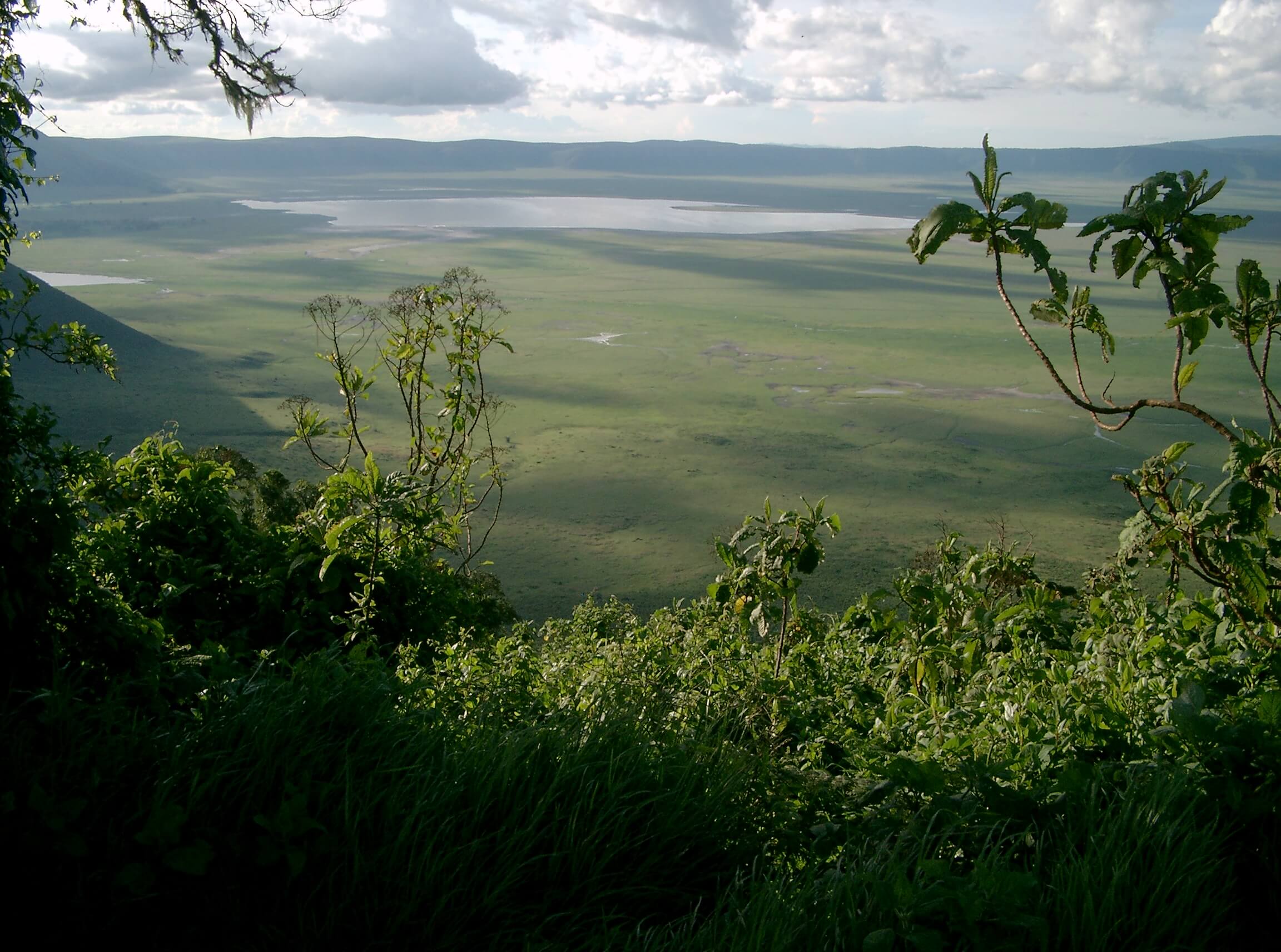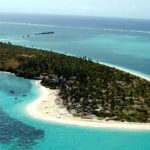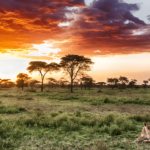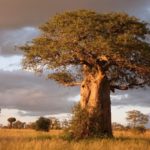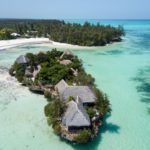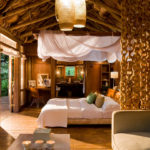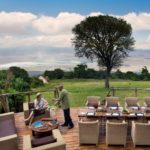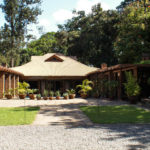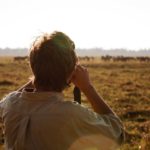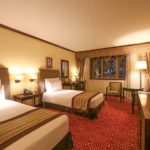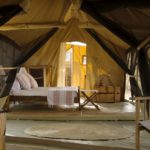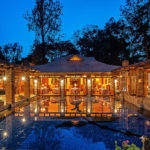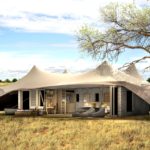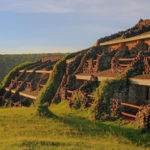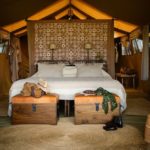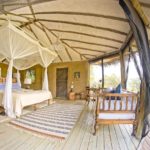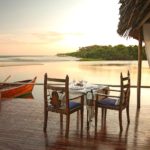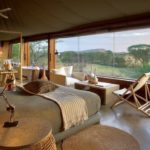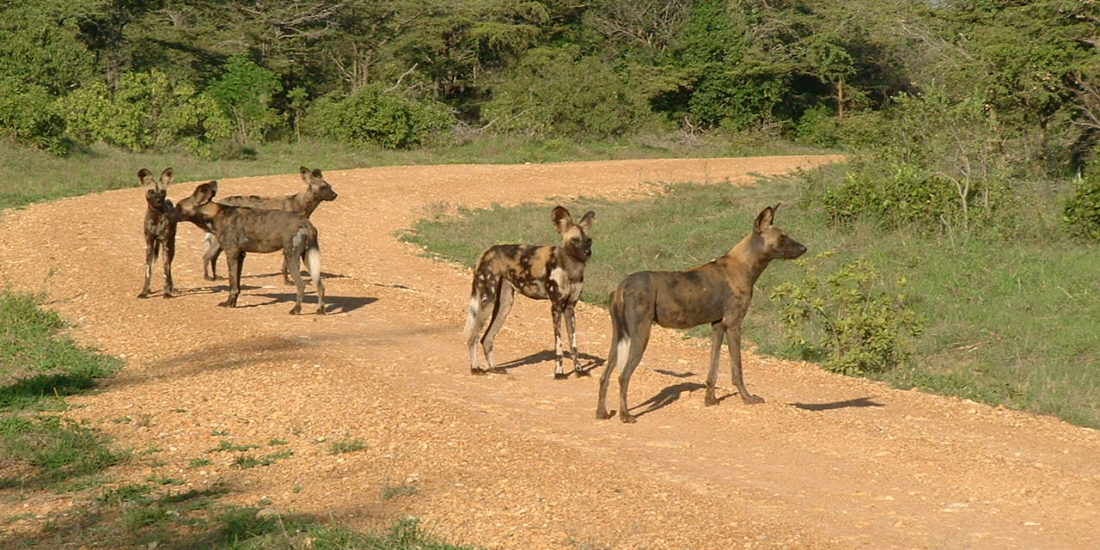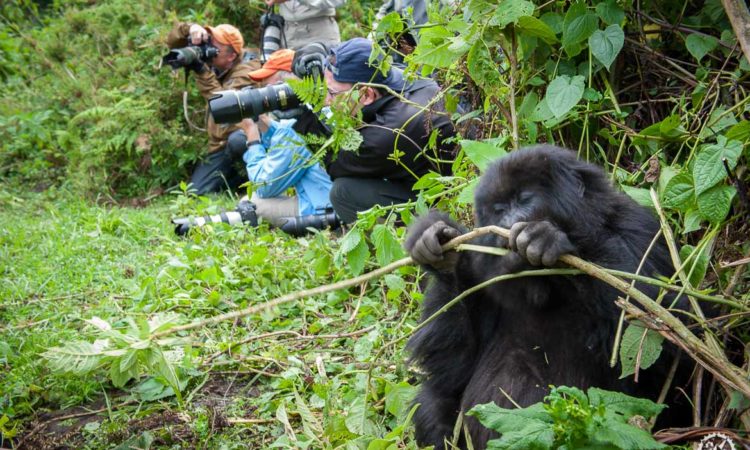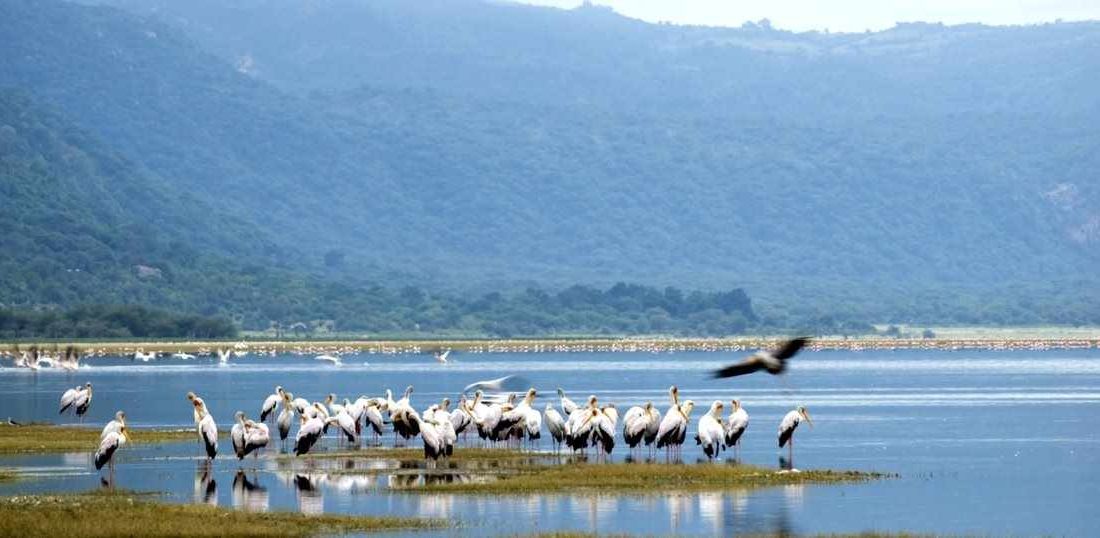TANZANIA
This beautiful East African nation, bordered by the Indian Ocean to the east, Kenya to the north and Mozambique to the south, is home to Mount Kilimanjaro, Serengeti National Park, the picturesque Zanzibar archipelago, and an incredible array of wildlife. With nearly 40 percent of the country’s territory established as reserves or national parks, Tanzania is a huge tourist draw.
Because the country is vast, it helps to think of Tanzania holidays falling into four broad areas: the famous ‘northern circuit’ safaris; the wild parks of southern Tanzania; the remote safaris of western Tanzania; and the beaches of the coast & islands. Tanzania’s three safari areas are very different; but all combine well with trips to the beach!
Things to do
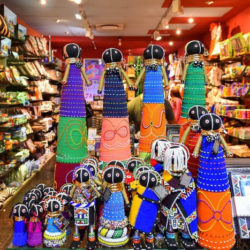
Nightlife and shopping in Tanzania
Nightlife is limited in Tanzania, but Dar es Salaam does have several nightclubs, cabaret venues and cinemas. All along the coast, and particularly on Zanzibar, hotels and beach bars often feature bands during the weekends with dance floors right on the beach. Quite often, traditional tribal dancing and drumming is performed in the safari lodges and beach resorts.
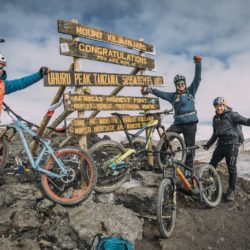
Cycling and Mountain Biking
A Tanzanian cycling safari is amazing because there are thousands of miles of single-track routes to explore, most of which are smooth, easy riding. Tanzania biking tour offers diversity – a range of biking terrain combined with fantastic scenery! With plenty of National Parks and game drives, this tour offers the opportunity to see the Big Five, Mt Kilimanjaro, the Ngorongoro crater, The Usambara and Uluguru Mountains and the stunning beaches of Zanzibar.
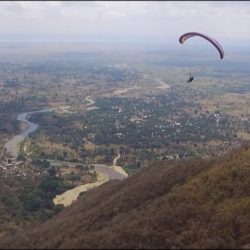
Paragliding Adventure
There are some fabulous areas to paraglide. Very few people paraglide in Tanzania, therefore it is a novelty. Always seek permission from the local village, explain what you are doing and where you think you will land (it is illegal to fly over national parks). Just some of the areas to fly are the Usambaras, the Rift Valley and numerous hills around Mt Meru
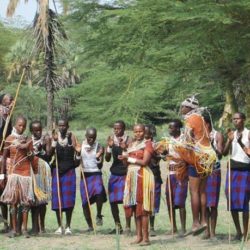
Culture Tourism
Various local communities run their own cultural programs and welcomes visitors to their homes, bringing income directly to local community while giving local people an opportunity to showcase their way of life to the outside world. This creates mutual understanding and friendships between tourists and local people, offering tourists from all over the world the possibility to experience Tanzania’s cultural diversity and providing local people in various rural areas the opportunity to build sustainable livelihoods.

Events and Festivals
Known as the Africa’s cultural melting pot, Tanzania offers a wide range of world class festivals organized in different parts of the country. Each festival brings on table something unique with a great taste. Our festivals vary in style, content and ambience, providing something for everyone
Mark your diary!
So here is the list of MUST-see festivals in Tanzania;
- Karibu Travel and Trade Fair
2. The Four Corners Cultural Programme Festival – Haydom
3. Mwaka Kongwa Festivals
4. Zanzibar International Film Festival – ZIF
5. Kilimanjaro Marathon
6.Serengeti Cultural Festival
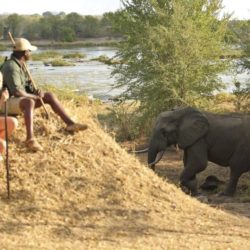
Safari Experiences
Besides the Big Five to the Small Five, Tanzania’s game parks, reserves and other wildlife protection areas host some of the diverse wildest game activities thus the reason why this is home for the safari.
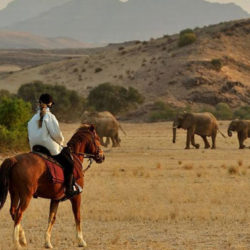
Horse Riding
Horse riding is now conducted in a number of National Parks; in Arusha National Park, visitors explore the slopes of Mount Meru with lush mountain forests and sweeping views of the surrounding scenic places on a Horse back. Horse riding in Arusha National Park offers visitors a full benefit of the knowledge of the wildlife, bird life, forestry, waterfalls and many more. Following game trails stimulates visitors as one gets closer and interacts with the wildlife and then learns much more about it.

Camel Riding
The Camel Safaris are organized from the camel camp located in Mkuru Maasai village; from a few hours to a week-long expedition to Oldoinyo Lengai, Ngorongoro highland and Lake Natron. A trip on a camel back through the Maasai land is magical, visitors get a great chance to experience wildlife, Maasai people ‘day to day life’ and the beautiful scenery
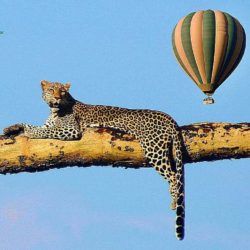
Balloon Safaris
There are three different places in which one can take a hot air balloon ride in this sought after wildlife area which is a location for the great migration. These are within the middle of the Serengeti which is the area where there is a congregation of wildlife at the Seronera River this is largely due to there being a permanent flow of water there. The Western part of the Serengeti is another amazing place to see all kinds of riveting wildlife happenings, why not achieve this from a hot air balloon.

Boating and Canoeing
Boating and canoeing through the rivers, ocean bays and waterways of Tanzania can be an exhilarating experience. River boating can take you past sleeping crocodiles and hippos sunning themselves with their mouths wide open, gathered in half-submerged herds.
Boating on the Tanzanian coast, whether on the mainland’s quiet bays or the palm-spotted islands of Zanzibar, Pemba and Mafia, is a fun-filled adventure for visitors who want to experience the vibrant underwater life of the Swahili Coast. Day trips to small deserted islands, swimming off sandbars at low-tide, sailing to nearby reefs, or even just tacking back and forth across the bay are all pleasurable options for visitors who want to experience life on the Indian Ocean, and get another view of life on the Swahili Coast.
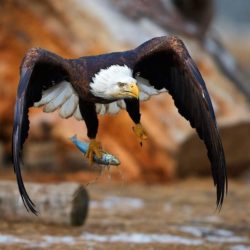
Bird Watching
The wild expanses of East and Southern Africa are paradise for birders.
The many habitats of East Africa provide dream birdwatching locations, and a dauntingly long list of endemic species that you simply have to travel to find. While there is plenty to occupy the keen or amateur birdwatching fanatic from the moment you touch down, there are also plenty of opportunities to spend time with some seriously impressive guides
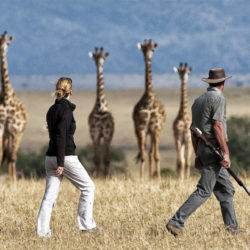
Walking Safaris
To walk through the African bush is to experience Africa close-up. Smells are suddenly subtle and varied and every sound has significance.
Birds and butterflies are individuals, noticed and studied, not simply rushed past in the race for the bigger game. And when the larger animals appear, they are met at eye level, standing on the same earth. Safety is not an issue – armed, experienced guides and game rangers accompany all walks.
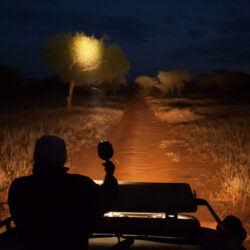
Night Game Drives
The bush is a completely different world at night which is what makes night drives so special. Manyara National Park is currently the only national park that allows this activity, an exciting once in a lifetime experience. At night animals
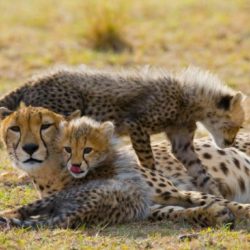
Wildlife Safaris
Safaris in Tanzania have something to offer to everyone. Experience the adventure of budget camping or the opulence of luxury camping safaris. Enjoy a truly memorable lodge safari, or take it one step further and go fly camping. Hunting safaris are also possible.
With a tailor-made safari and your own vehicle, you are able to choose the types and durations of the game drives you go on. If you are on a group safari, the types and durations are usually predefined and fixed. On safaris where you fly to the game park or reserve, the game drives are normally set and controlled by the lodge or camp you are staying at.
Game drives can be long, hot, dusty and bumpy (ladies don’t forget your sports bra), but are great fun!
Note: Most game drives avoid the heat of the day when many of the animals are sheltering from the sun and it is generally recognised that early morning and late afternoon game drives provide the best opportunities for game viewing, but as the animals go where and when they want, this is not always true.
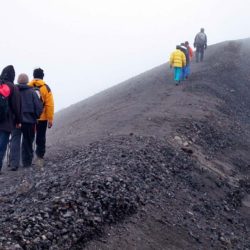
Mountain Climbing
Tanzania’s numerous parks and reserves offer many climbing options for the avid explorer. The most frequent expeditions are obviously to Mt. Kilimanjaro and Mt. Meru, but there are also other destinations such as the Crater Highlands. Tanzania mountains vary in height, location, climate etc. Kilimanjaro which is the highest mountain in Africa have attracted many climbers from around the globe.
Every mountain is unique from each other, and this makes it important to be well informed before deciding which one to climb. In Tanzania, most climbers opt for Kilimanjaro and Mount Meru. Meru is Africa’s fifth highest peak with fabulous views of Mt. Kilimanjaro and the Momela Lakes from the summit. The challenging ascent to the crater of Ol Donyo Lengai passes through some fantastic scenery with panoramic views of the Rift Valley. The trek to the top of Lengai is very steep and a true challenge which is attempted only by hikers with good level of fitness
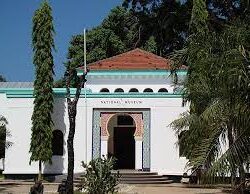
Museums and Monuments
The National Museum of Tanzania is a consortium of five Tanzanian museums whose purpose is to preserve and show exhibits about the history and natural environment of Tanzania.
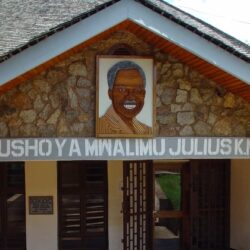
Nyerere Museum
The Mwalimu Julius K. Nyerere Memorial Museum, or Nyerere Museum for short, was established in 1999. It is located in Butiama, where Tanzania’s first president Julius Nyerere was born and was buried. The museum display items related to Nyerere’s personal and political life.“Mwalimu” is the swahili word for “teacher”, a common epithet for President Julius Nyerere
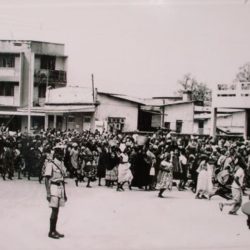
Arusha Declaration Museum
The Arusha Declaration Museum, open since 1977, is located in Arusha, in Kaloleni Road. It displays documents on the colonial history of Tanzania, the fight for independence, and the Arusha Declaration where the first Tanzanian president Julius Nyerere outlined his political vision.
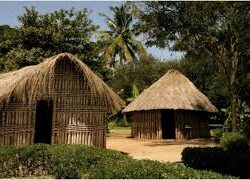
Village Museum - A traditional hut in the Village Museum
The Kijiji cha Makumbusho, or Village Museum, established in 1996, is an open-air ethnographical museum located in the outskirts of Dar es Salaam, on the road to Mwenge and Bagamoyo. It showcases traditional huts from 16 different Tanzanian ethnic groups. There are also examples of traditional cultivations, and traditional music and dance shows are held daily.
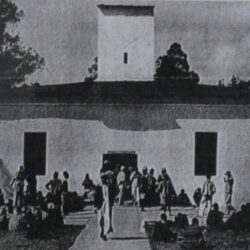
National History Museum
The National History Museum in Arusha, open since 1987, is located in Arusha, in Boma Road. It has two permanent exhibits, respectively on human evolution and entomology.
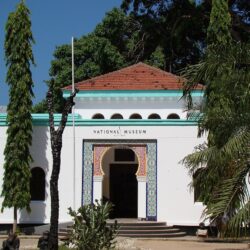
Dar es Salaam National Museum
Established in 1934 and open to the public since 1940, it was originally a memorial museum dedicated to King George V; one of the cars of the King is still on display. The museum was expanded in 1963, with the addition of a second building. It is now dedicated to the history of Tanzania. Its most famous exhibits include some bones of Paranthropus boisei that were among the findings of Louis Leakey at Olduvai. The museum also has a large section dedicated to the Shirazi city-state of Kilwa. More historical miscellaneous material is related to the German and British rule, and ancient Chinese pottery. The museum also has ethnographic collections on Tanzanian cultures.

Big Game Fishing
There are various options for enjoying good fishing in Tanzania, mostly sea fishing along the incredibly rich East African Coast. The deep waters of the Indian Ocean along Tanzania’s coast are rich in big-game fish, from marlin and tuna to swordfish and biting barracudas. All the same, the waters of Tanzania are only just beginning to gain the world-wide fame of the Kenyan coast, so the waters are less populated and fishing is at its most pristine. Tuna and other pelagic migrate through the Pemba Channel on a yearly basis, but can be found in smaller numbers throughout the year. Besides the big-game fish, grouper, red snapper, and other local species are populous along the coastal waters.
Pelagic and big-game fish are abundant in the isolated waters around Pemba and Unguja, and reward the adventurous fishermen with their size and bounty

Inland Fishing
The freshwater lakes of Tanzania offer fishing opportunities for visitors willing to venture off the beaten track. Fishing along Lake Victoria offers an opportunity to experience freshwater lake fishing and observe life around the lakes of Tanzania. Fishing trips can be organised from surrounding villages, as well as the larger ports of Mwanza and Musoma, where boatmen will gladly arrange for you to accompany them on their daily trips to net the Nile Perch and Tilapia in the offshore waters. Trips to Rubondo Island National Park also offer fishermen a base from which to embark on trips around the Lake Victoria and its tributaries.
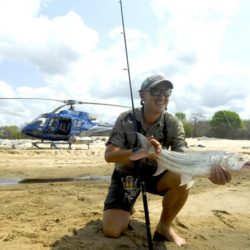
Fly Fishing
Fly fishing along the many rivers and large streams Tanzania is another rewarding experience for sportsmen wanting to experience remote areas at a leisurely pace. During the rainy seasons, rivers and their tributaries swell with fish and river life, and any time after the short and long rains is a good time to plan a fishing safari.

Historical Sites
Tanzania destination is a place with diversity of cultures and great world historical discoveries.
Apart from the famous Kondoa Irangi rock paintings, Tanzania has other attracting for historians as well as other visitors historical places. These include; Kaole ruins, Ismila Stone Age site, Engaruka ruins, Mikindani, Ngorongoro Conservation area, and many other sites within the country. The government of Tanzania is doing all it can to preserve and promote these sites for sustainable use
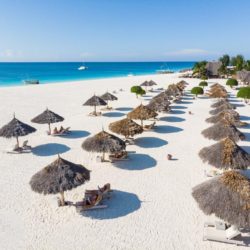
Beach Experience
The coast of Tanzania is perhaps most famous for the Zanzibar Archipelago, a cluster of islands that saw the growth and survival of Swahili civilisation and trade until the mid-twentieth century.
Zanzibar enchants and beguiles with its oriental mystique and forgotten exoticism — the very name evokes the Spice Islands and the dhow trade, sultans and palaces built of limestone and corals against the palm trees and the crashing surf. But there’s more to the islands of Tanzania than just Zanzibar.
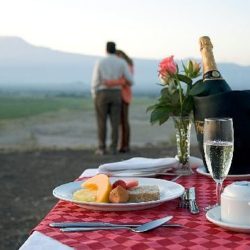
Bush breakfast with ‘bubbly’
The coast of Tanzania is perhaps most famous for the Zanzibar Archipelago, a cluster of islands that saw the growth and survival of Swahili civilisation and trade until the mid-twentieth century.Zanzibar enchants and beguiles with its oriental mystique and forgotten exoticism — the very name evokes the Spice Islands and the dhow trade, sultans and palaces built of limestone and corals against the palm trees and the crashing surf. But there’s more to the islands of Tanzania than just Zanzibar.Throughout the archipelago, deserted islands and sandbars beckon and abound. Some have slave caves and colonial graves, others have the ruins of sultan’s palaces and stately plantations. In Pemba, villages steeped in culture and traditions which preserve the Swahili way of life, almost oblivious to the world around them.
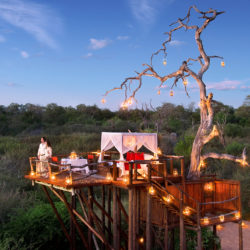
Out of Africa Bush Dinner
A private and secluded clearing is prepared for an elegant dinner. The surrounding area is lit up with camp fire and fire torches. The call of the wild and the sound of the jungle are complemented by the local beat and dance from the local dancers. Usually a buffet with meats, vegetable, pasta and deserts is set up. After dinner liquors are served around a camp fire.

Sundowner with canapes
Relax with a Sundowner after the day’s excitement. This can be done at the pool or bar of the lodge itself, or at any spot in the wilderness, usually in places with amazing views. Some Lodges especially in the Mara can organize the same at the Hippo Pools. Attentive waiters serve ice-cold beer, long gin and tonics and tropical cocktails, around a glowing camp re.
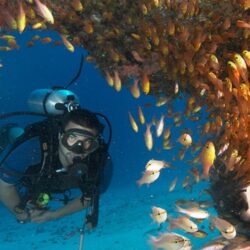
Diving & Snorkeling
Tanzania offers divers world-class reefs and plentiful schools of tropical fish just offshore of the popular beaches and secluded locations.
Dive courses are offered at many of the hotels and lodges on the mainland coast as well as Zanzibar, Pemba and Mafia islands, and it is a rewarding skill to learn while on holiday, but the surface swimmer need not to despair since most of the reefs are accessible to snorkelers and equipment are easily rented from dive shops and lodges.
Diving can be done all year-round, however during the rains visibility can be limited
Popular Destinations
Partner Properties
Tour Packages
Guides & Information
Distance Chart


